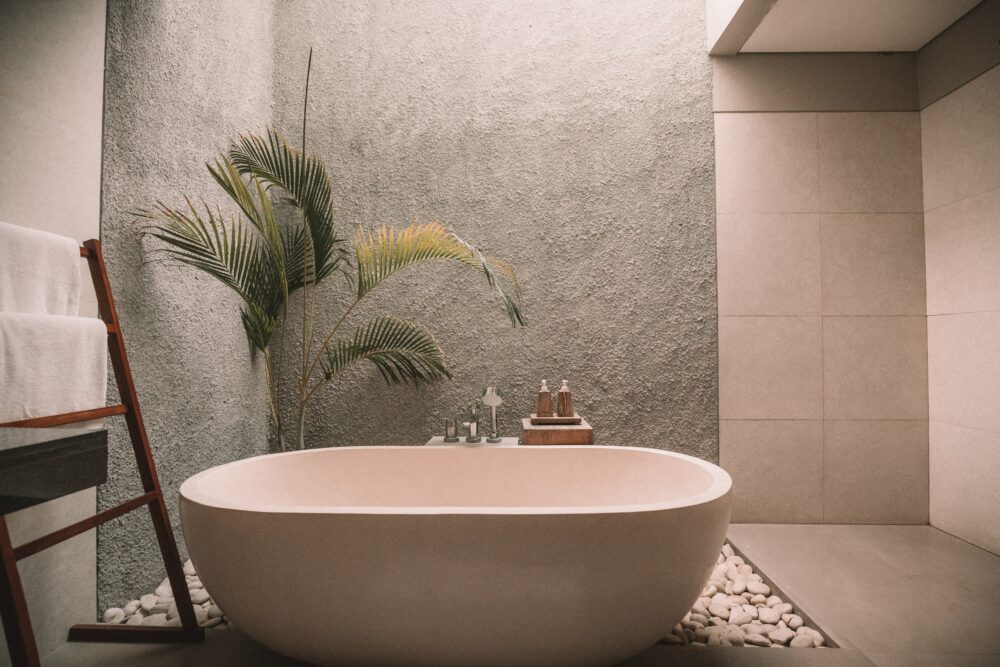Retrofitting a draughty Grade II listed Georgian townhouse so it becomes more comfortable, and as airtight as an efficient new-build, is no mean feat. Bob Prewett, co-founder of Prewett Bizley Architects, has done just that with a five-storey 1820s property in Bloomsbury, central London. The all-brick building – which had been converted into offices – was given a thorough makeover, transforming it into a highly energy-efficient family home, with its space-heating demand reduced by about 90%.
“There are three good reasons for doing an eco-retrofit,” says Prewett, whose firm is a one-stop shop for homeowners considering this kind of renovation. The first is comfort and health: “In most homes, air quality isn’t great. Historic houses tend to be insulation-free and are overventilated to the point of being draughty.” Second, there are economic benefits. “The choice at the moment is to spend increasingly vast amounts of money heating your home or to run it cold and tolerate long periods of discomfort.” Third, you’ll be using less energy. “The majority of household carbon emissions come from heating, so any retrofit measures that address this make a significant contribution.”
Improving insulation and air tightness, eradicating “thermal bridges” – weak points in the building that allow heat to pass through – and installing mechanical ventilation/heat recovery and air-source heat pumps were the main energy-efficiency components of this retrofit, which cost £500-£1,000 per square metre, Prewett estimates.








